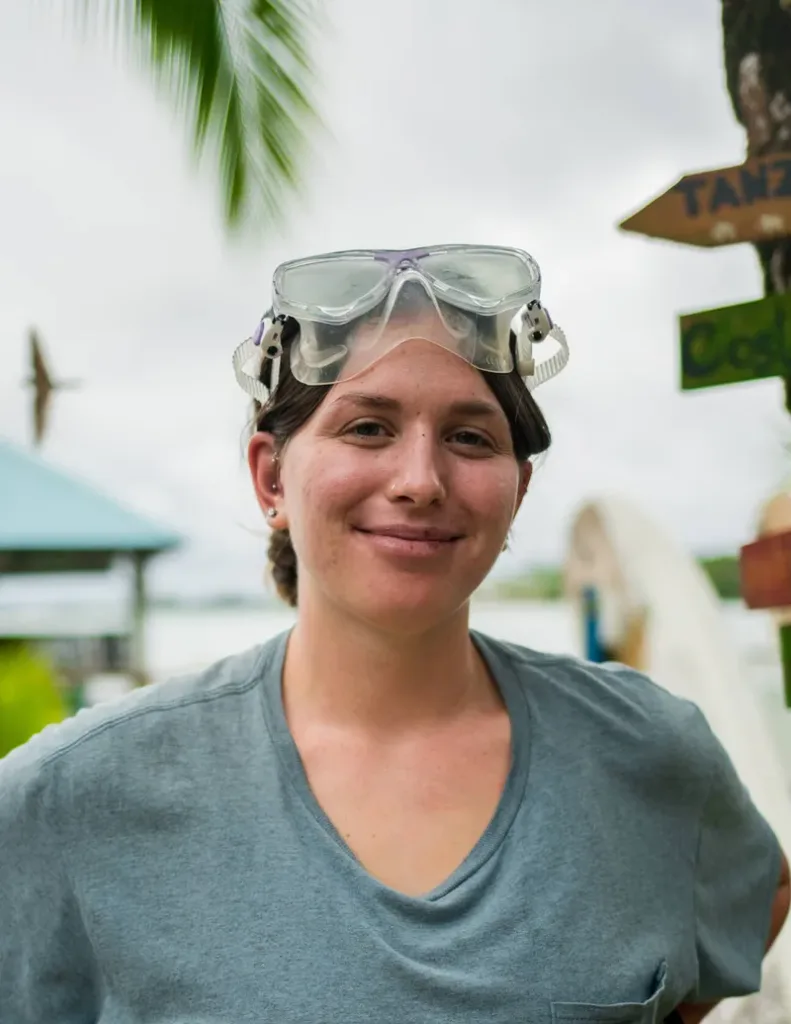
By: Rachel Gates
Data Collection in Oz
This semester we ran Directed Research (DR) a little differently than we have in the past here at SFS Australia. Students participated in data collection days that were spaced out over the last two months of the program, which allowed them to refine their ideas and become even more familiar with their research methods. We had three team-based DR groups, which examined everything from perceptions of climate change to shifting forest dynamics to the health of restoration sites via bioindicators.
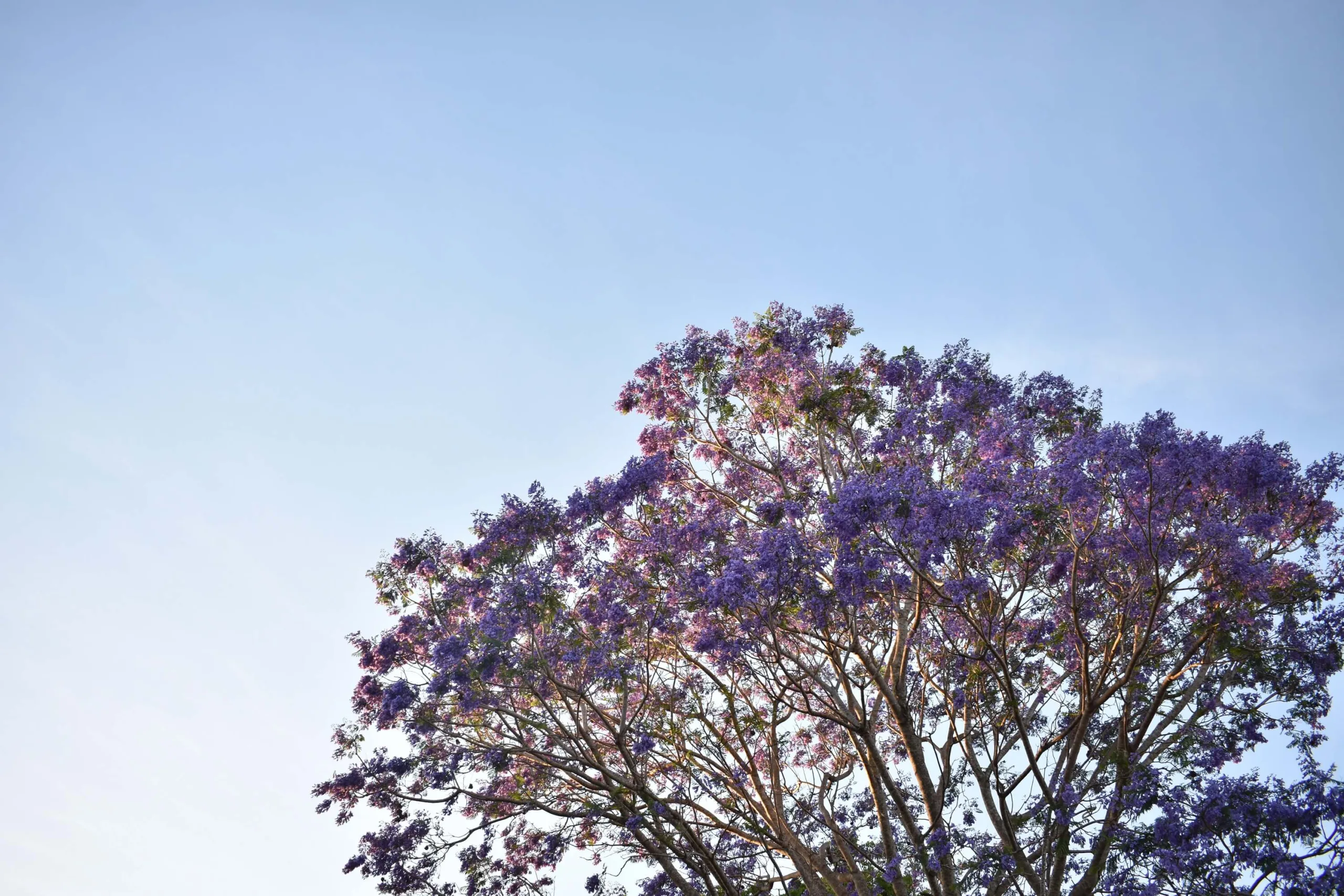
Jacaranda tree. Photo courtesy of Bridget Gilmore
Students participating in the socioeconomic DR traveled to both larger cities and small communities within the Wet Tropics of Queensland. In each location, they conducted surveys and spoke with local residents about their understandings of climate change and the effects it will have on local ecosystems. Through this process they acknowledged that there are people at both extremes of climate change perceptions. They referred to these two opposing groups as ‘dismissive’ and ‘alarmed.’ Most people in their study, however, fell somewhere in between. They called this category ‘conscious’ and defined it as people who have heard about climate change and have some knowledge on the subject but aren’t sure if it is naturally- or human- caused.
Those who were studying changing forest dynamics were specifically looking at the expansion of gallery rainforest into dry sclerophyll ecosystems. Their study site was located at one of these transition zones, known as an ecotone. They identified plant species and measured the growth of both rainforest and savanna trees along transects that crossed this ecotone. Generally they found that the rainforest is expanding into the dry sclerophyll as seen through the establishment of rainforest seedlings in the sclerophyll understory. The students found evidence that suggests that fire suppression is the primary cause for this expansion and also developed a series of recommendations for further research at their study site.
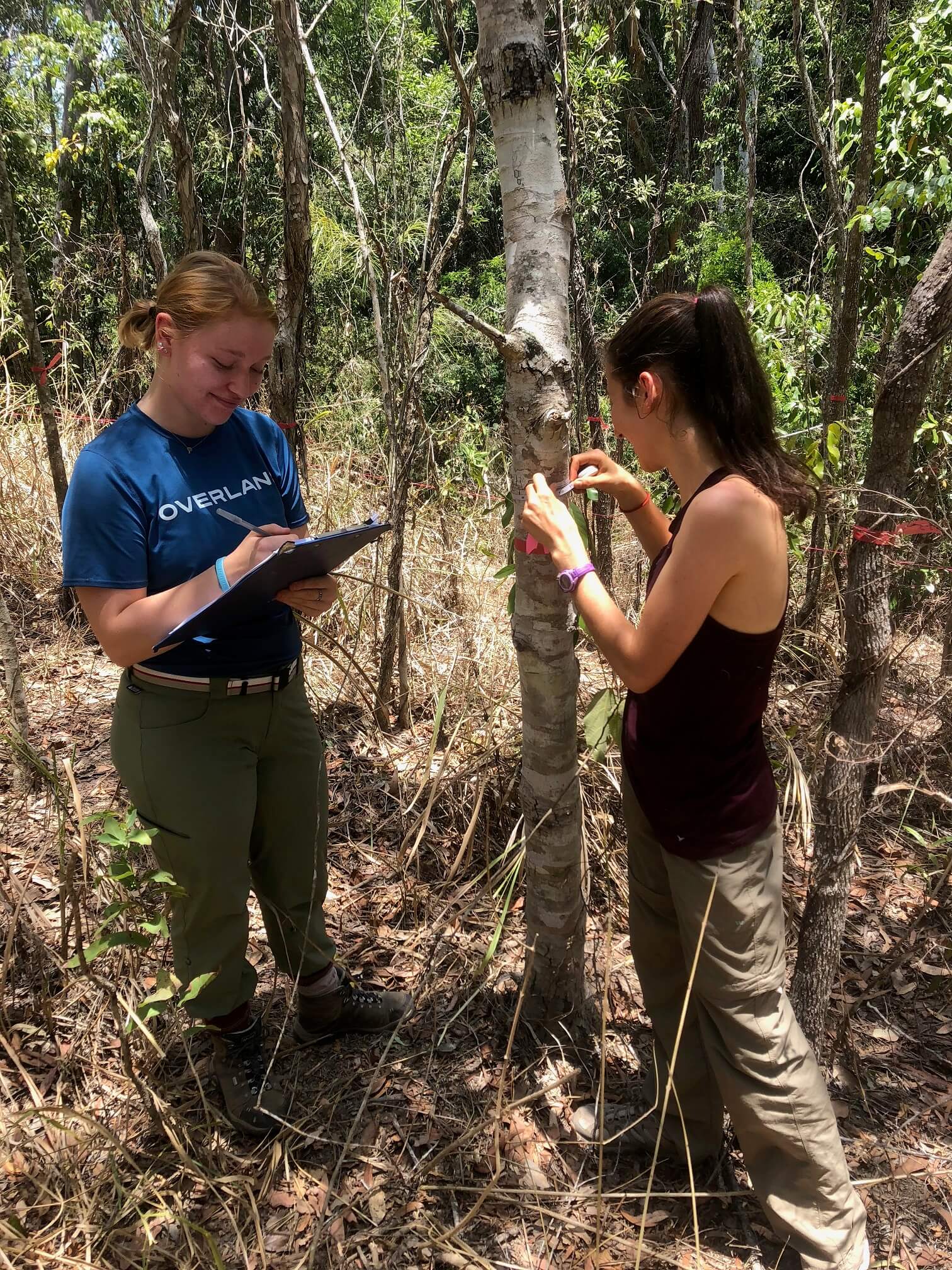
Students during DR collection. Photo courtesy of Caitlin Reilly
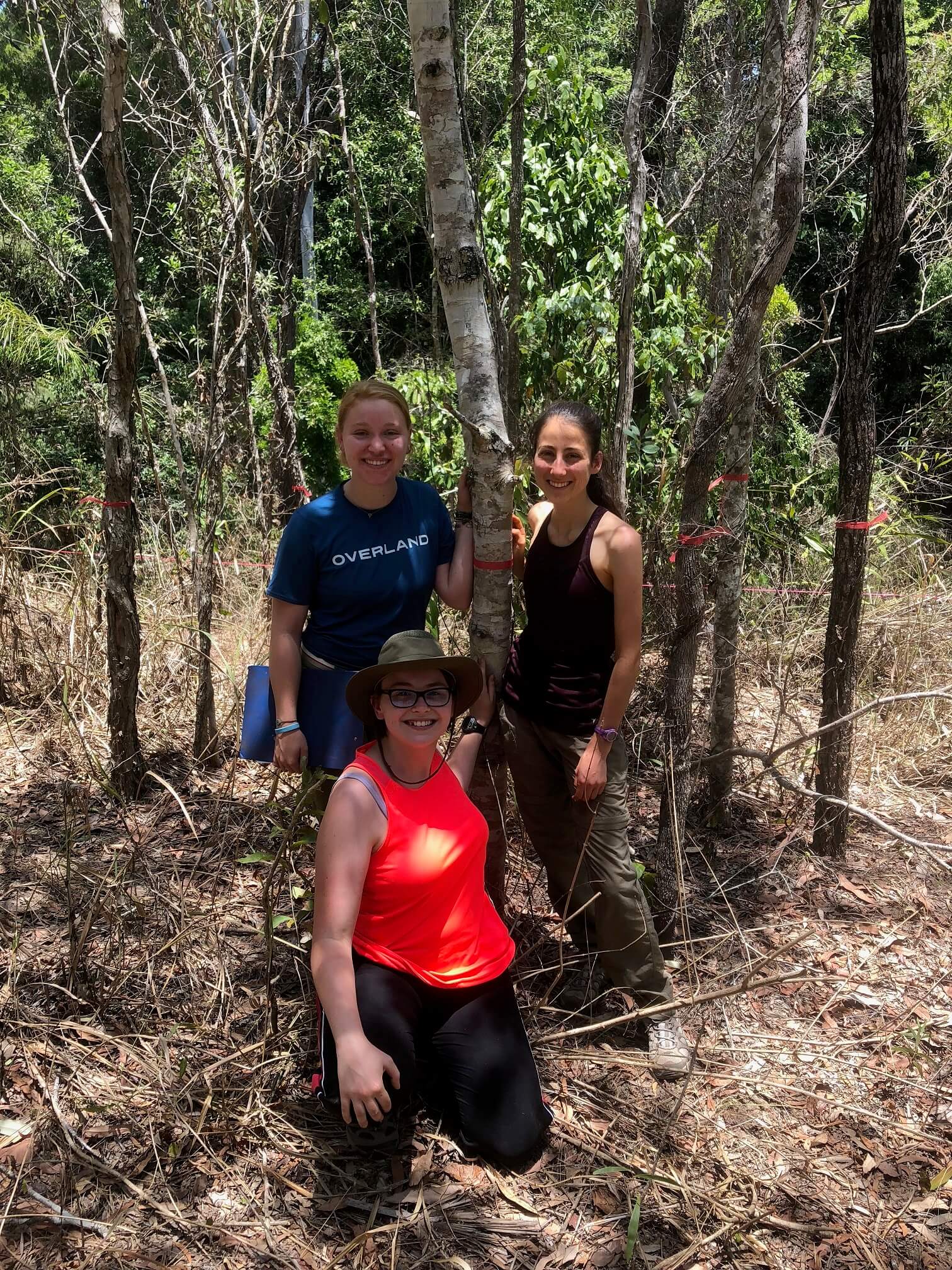
Students during DR collection. Photo courtesy of Caitlin Reilly
Finally, our third group assessed the success of restoration sites by testing methodologies for quantifying fauna presence and habitat quality. They observed three fauna groups: birds, ants, and non-flying mammals such as possums and tree kangaroos. The students used multiple methodologies for observing each group and compared their effectiveness and applicability for citizen scientists. They found that transect bird surveys, ant pitfall traps, and evening spotlighting were effective in collecting quality data and practical for the general public.
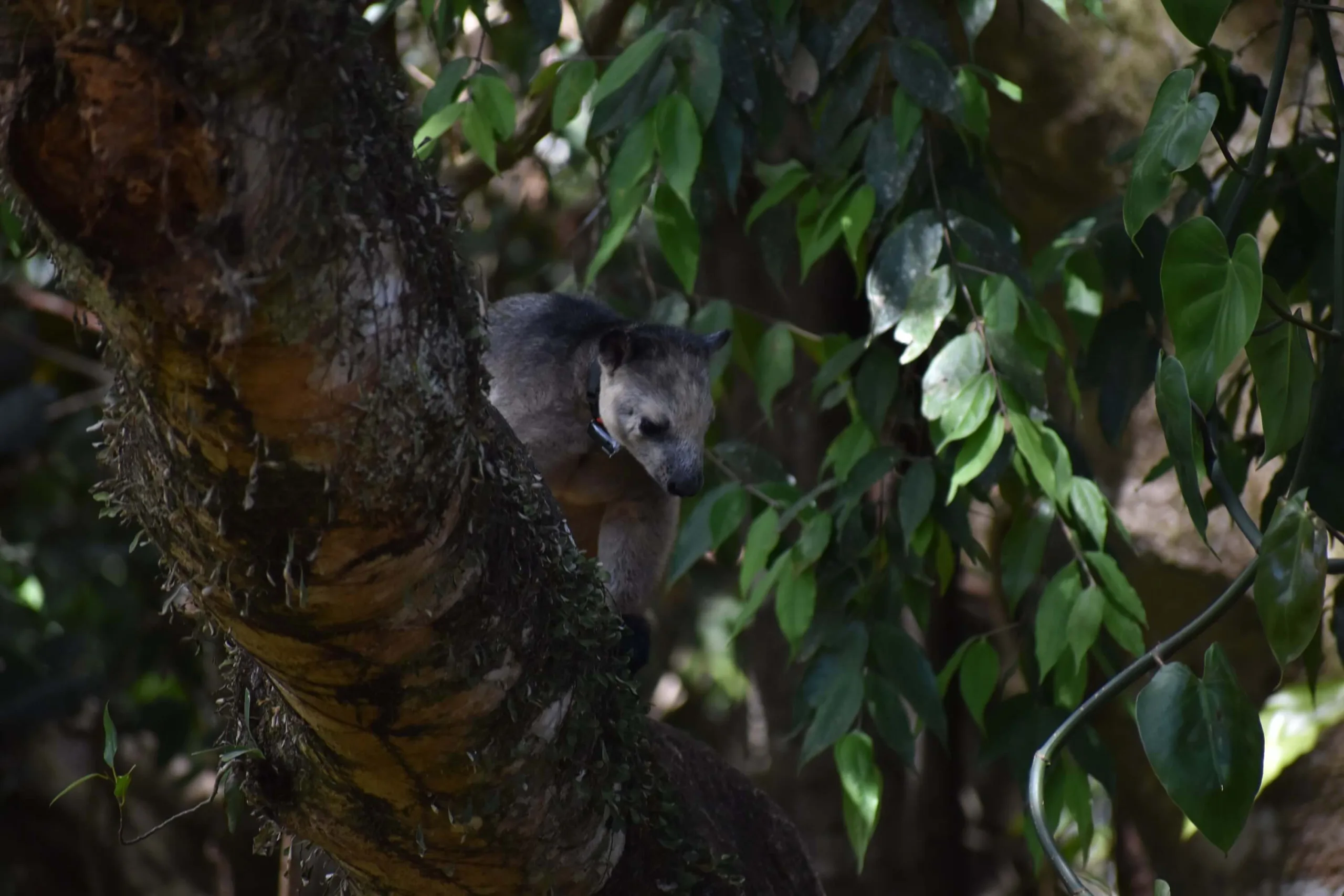
A tree kangaroo descending a tree. Photo courtesy of Bridget Gilmore
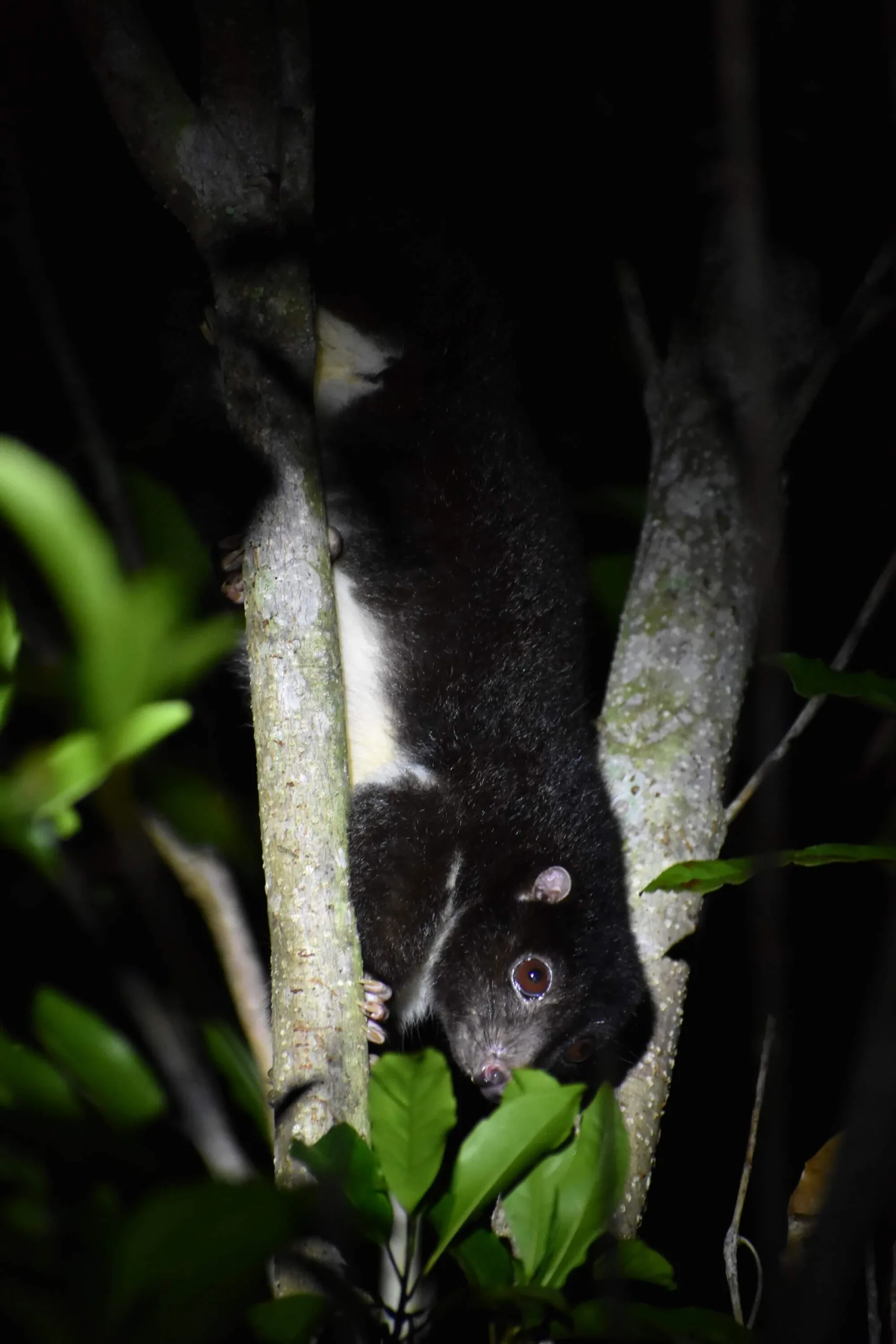
A Herbert River Possum climbing in a tree. Photo courtesy of Bridget Gilmore
Because all students worked in teams, everyone was able to present their research to the community and enjoyed answering questions from local stakeholders. Through DR, our students gain confidence in their research abilities and practical skills to bring back to their studies on their home campuses. Meanwhile, the information they disseminate at our community seminar remains in the local community of the Atherton Tablelands. This sharing of knowledge helps land managers and environmental organizations make informed decisions to better care for the amazing biodiversity in this special corner of the world.
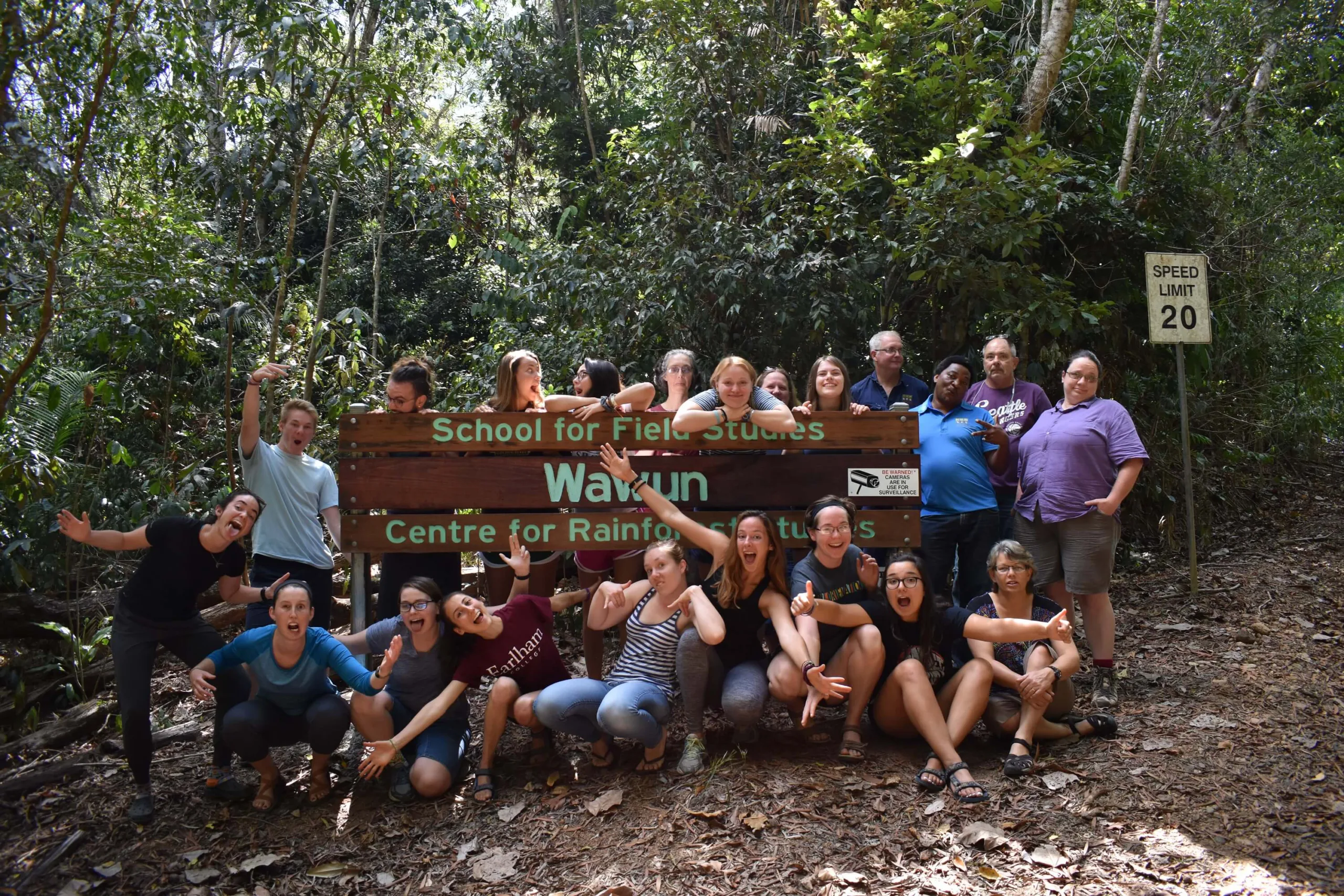
The group. Photo courtesy of Bridget Gilmore
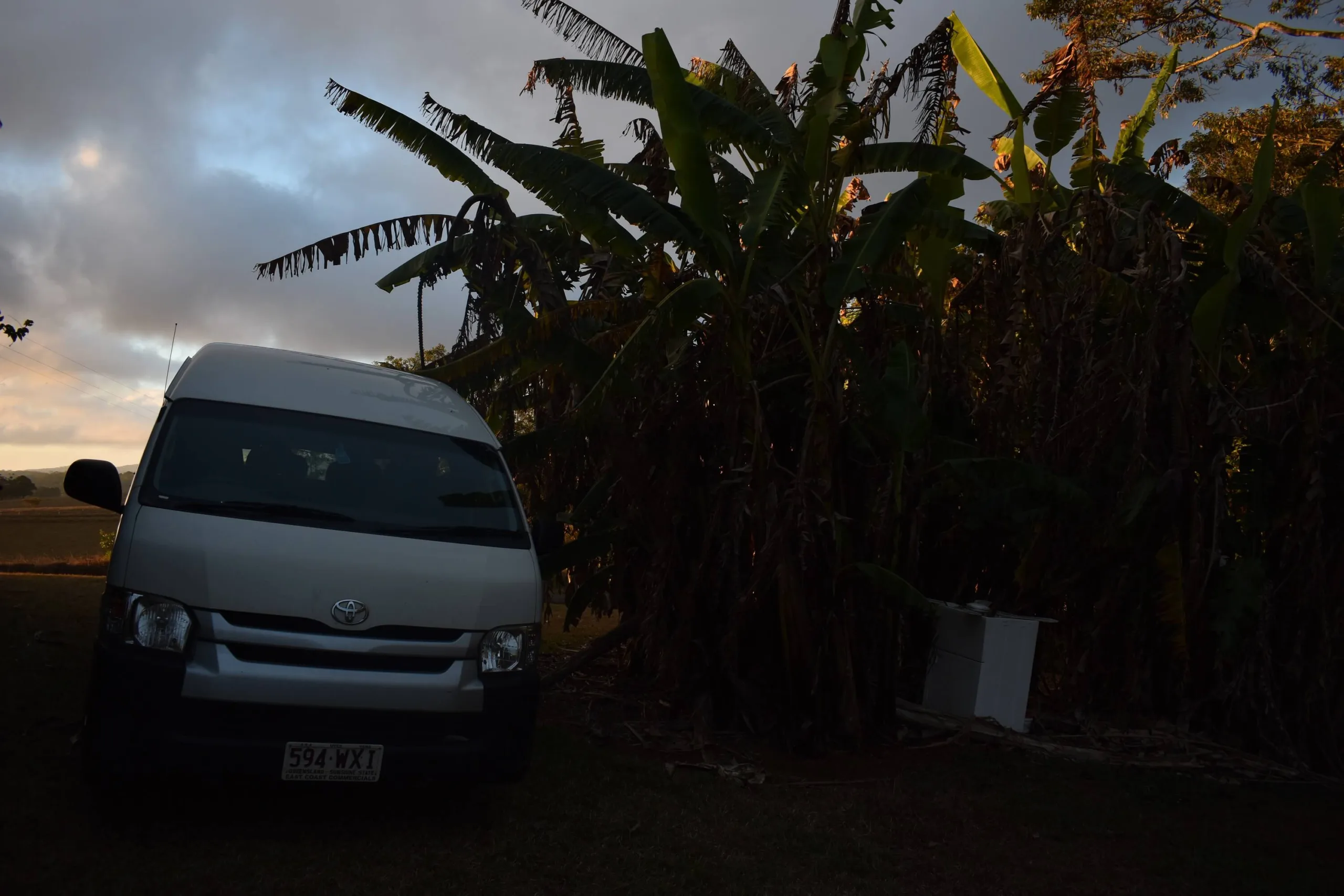
Photo courtesy of Bridget Gilmore
Related Posts

Cinder Cone Chronicles: Lessons from Drought, Data, and Determination
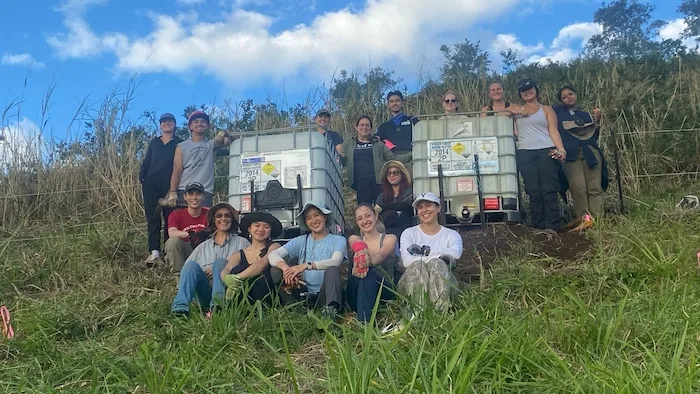
Restoration on a Cinder Cone: A Syntropic Story
